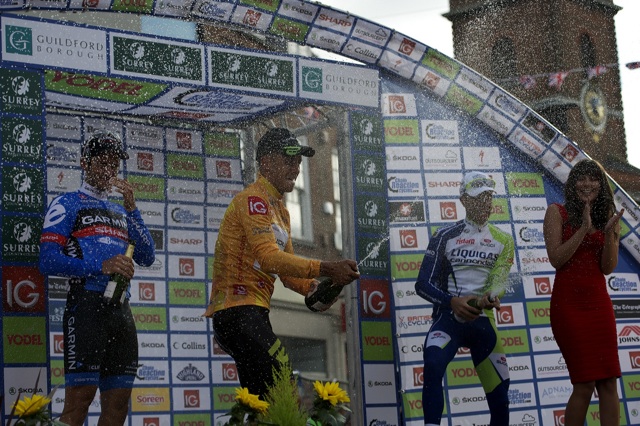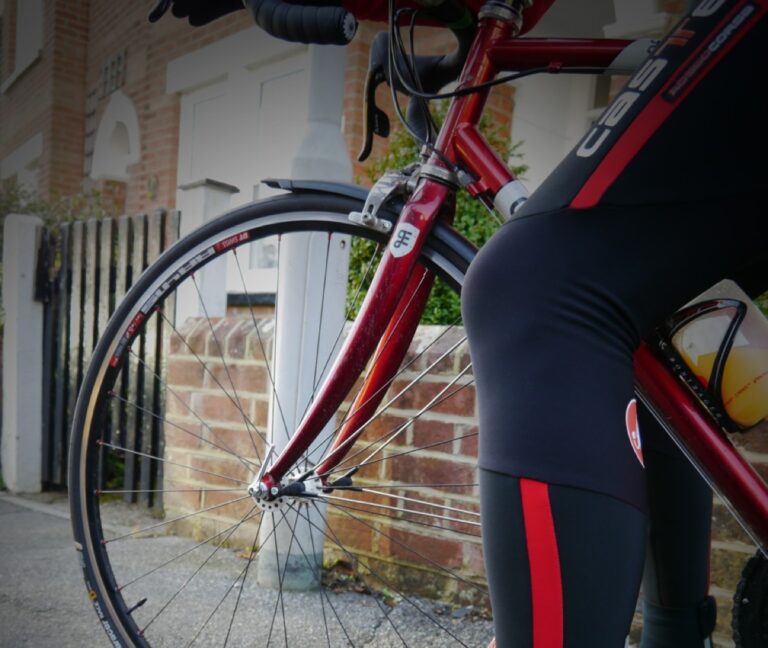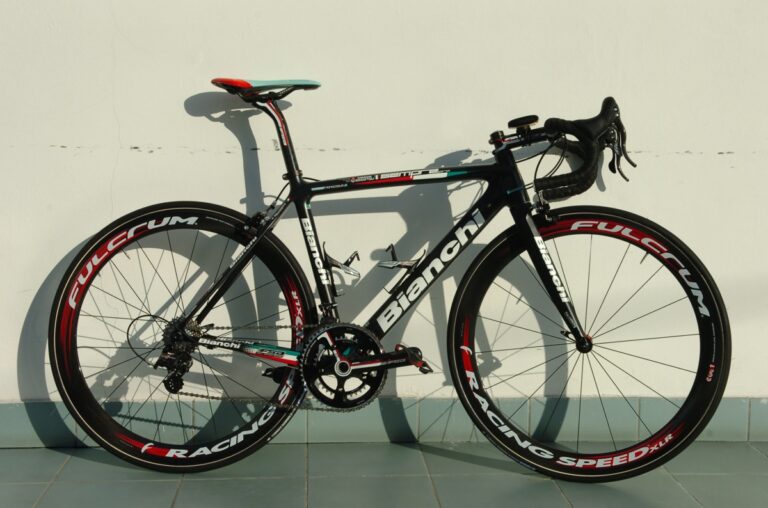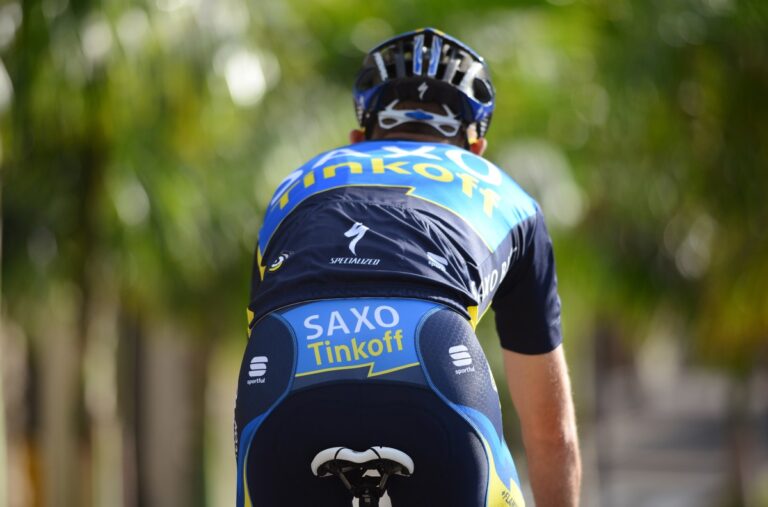A delivery of two, square green boxes from Barnoldswick, Lancashire landed on my desk at the very end of last week.
I have to confess to a little excitement. Hope’s previous efforts in the lighting arena have proved, well, illuminating, earning them a shining reputation [taxi for O’Rourke – Ed].
Of the latest delivery, one box contained the revised-for-2013 R4 front light, and the other, one of the brightest rear lights on the market, the District+.

The R4 has been stripped of some of the features offered by other lighting systems (any indication of charge, for example), in and effort to bring down costs. The package we have is the Standard version and comes with a four cell, 5200mAh Li-Ion battery pack, mounting bracket and spacers to run the light on your handlebars, on your helmet, or even use as a head torch with the head straps.
Therein lies the beauty of the system, but perhaps also its Achilles heel. Hope market the light as a do-it-all unit; one apparently suitable for use on-road, off-road, camping, hiking, caving etc. We sense the appeal (who wants to buy a different light for each different interest?) but the risk is that by making it a jack of all trades, it will end being master of none. Hope’s hard-earned reputation inclines us to the former, but we’ll find out during the testing we have planned in the weeks ahead.
Burn times and brightness levels are always a source of discussion. The power output levels have been adjusted for the six available modes to help with the burn time as well. Our R4 came with the larger 5200mAh Li-Ion battery pack, which will run the light for 16 hours at 100 lumens, eight hours at 330 lumens, four hours at 630 lumens and 2.5 hours at the maximum 1000 lumen setting.
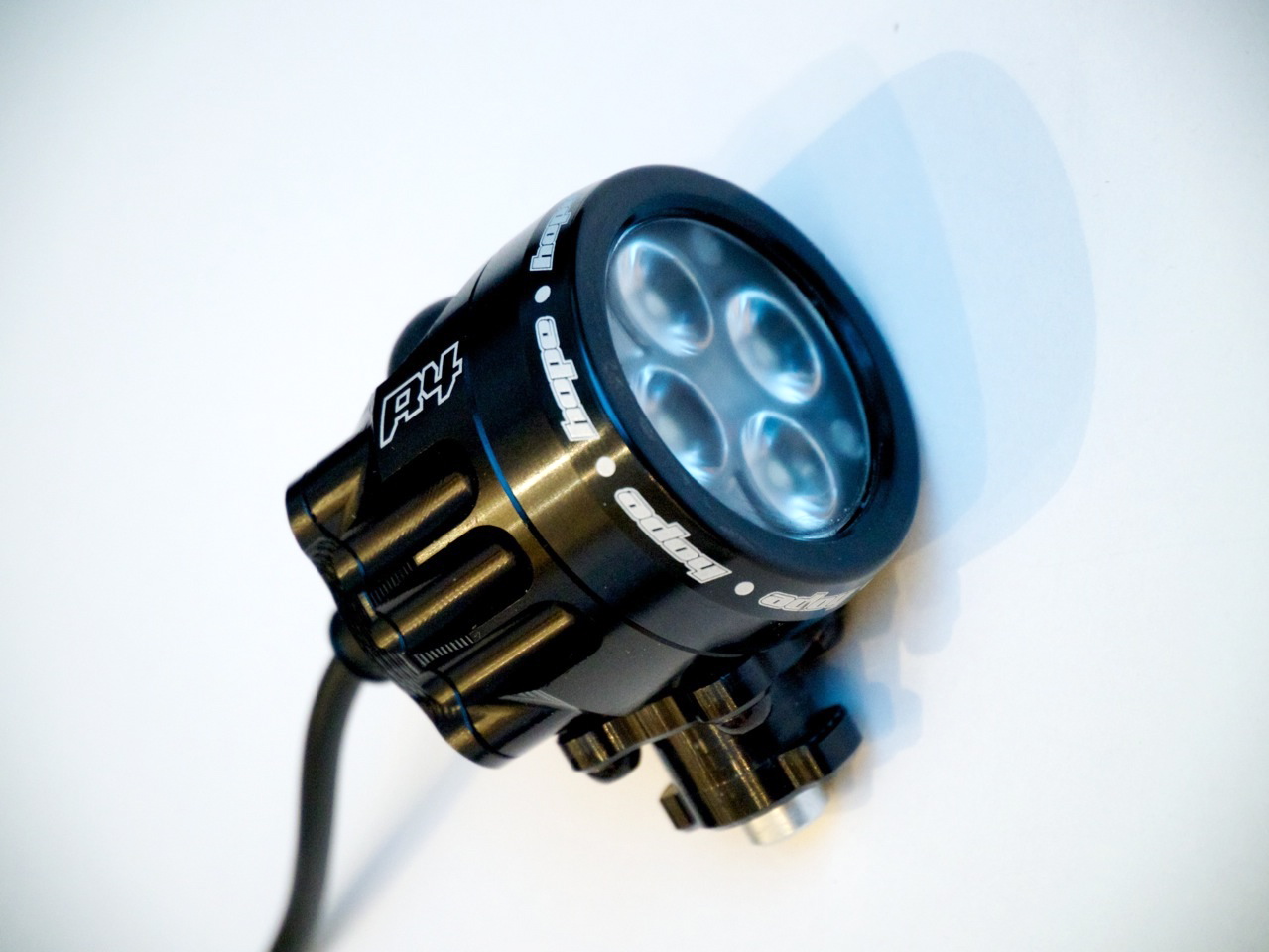
Our experience tells us that we will probably only need to vary between the 330 and the 630 lumen mode for road riding, but our off road singletrack adventures (shhh!), will require the odd foray into the 1000 lumen setting. Access to all the various modes starts at the press of the single rubber button, a quick tap to enter Race mode, or a press and hold to enter the Trail settings. We suspect that the Race mode is all that most users will need, although the super low 100 lumen setting is handy for map reading and head-torch close work, and the flashing setting is also hidden down this branch.
The District+ has been an interesting addition to the Hope range for a few years, and has now reached it’s third evolution, priced at a slightly eye-watering £165. What we like most about its design is the ability to power the District+ from the same battery as a Hope front light, with the included splitter cable.
Hope promise that this additional drain will not deplete runtime too greatly. Indeed, in the highest setting, with the light pushing out the max 84 lumens, they promise that the runtime overall will drop by 20 minutes; on the low setting by six minutes, and on the strobe function by only four minutes.
Our test set comes with its own 2600mAh Li-Ion battery pack; essentially the lightweight battery which Hope offer as an option to buyers of the R4. You can reduce the cost of the setup by purchasing the rear light on it’s own for £95.
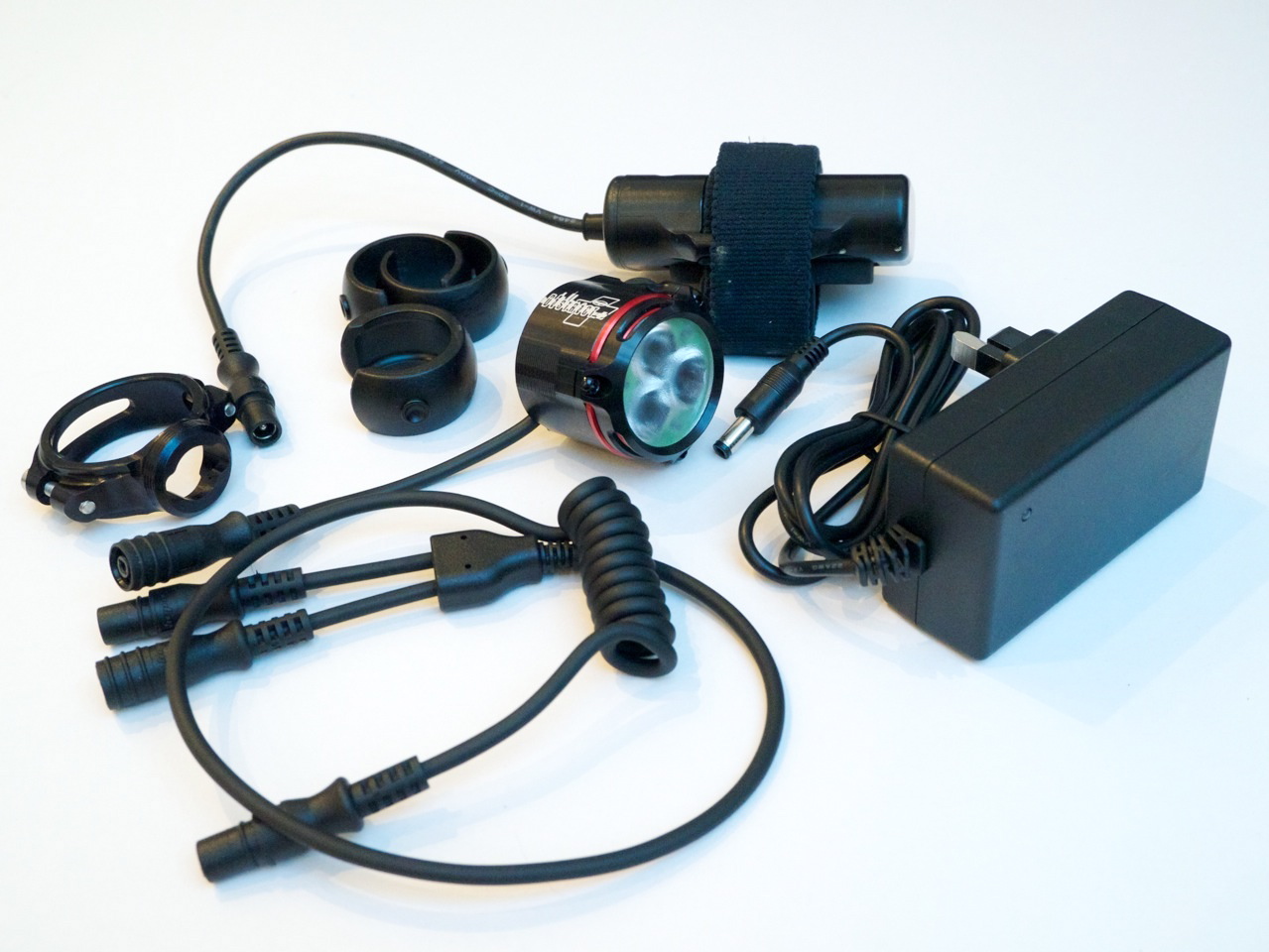
The District+ comes with a unique clamping bracket that will fit 27.2, 30.9 and 31.6mm seatposts. The spacers are curved to enable you to align the light for good rear visibility, but without shining directly into drivers’ eyes. You’ll also consider fellow riders in the bunch, if our early experiments are an indication.
The 270 degree beam spread means that you’ll certainly visible from a wide angle, but you do need to take some care to get the rear illumination angled fractionally downwards to not dazzle road users behind. We like the idea of throwing out more light at the rear, especially in well lit urban areas where a cyclist can still get lost among the tungsten glare of street lights; other rear lights of our acquaintance have been overwhelmed by traffic and car brake lights. Clearly, on country lanes the extra punch will be equally valuable, as well as in foggy conditions. Let’s see how popular it is with fellow riders.
Both front and rear lights use the spring bayonet fixing that has been working very well for the last few years. We like it, and it is certainly nice and secure, while also being extremely easy to remove the lights when not required.
Time and testing will tell, and so the whole shebang is heading to the Test Rig for some winter mileage.

